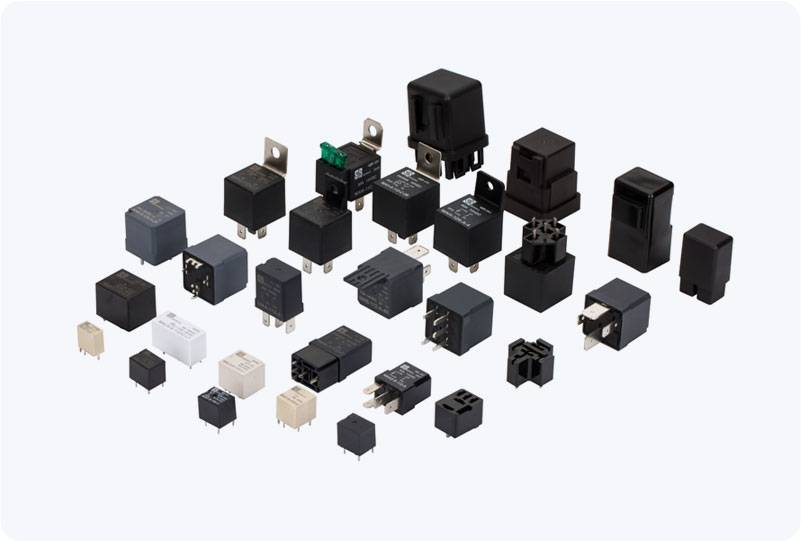A Thermostatic Mixing Valve (TMV) is a device designed to regulate water temperature by mixing hot and cold water to a pre-set temperature. These valves are widely used in residential, commercial, and industrial plumbing systems to prevent scalding, improve comfort, and ensure the safe use of hot water. By maintaining a consistent and controlled water temperature, TMVs protect users from thermal shock and burns, making them a crucial component in modern plumbing installations.

Function and Mechanism A thermostatic mixing valve works by combining hot and cold water to achieve a desired output temperature. It uses a thermostat element that responds to changes in water temperature. The valve adjusts the flow of hot and cold water to ensure the output remains consistent at the pre-set level, regardless of fluctuations in water pressure or temperature. For example, if the hot water supply temperature increases, the valve automatically reduces the amount of hot water entering the mixing chamber to prevent scalding. Most thermostatic mixing valves are equipped with a temperature sensor that detects water temperature continuously. If the temperature deviates from the desired setpoint, the valve reacts instantly by either increasing or decreasing the flow of hot and cold water. This ensures that water coming out of the faucet or shower head remains safe for use, even when there are variations in the supply temperature.
Leave a Reply